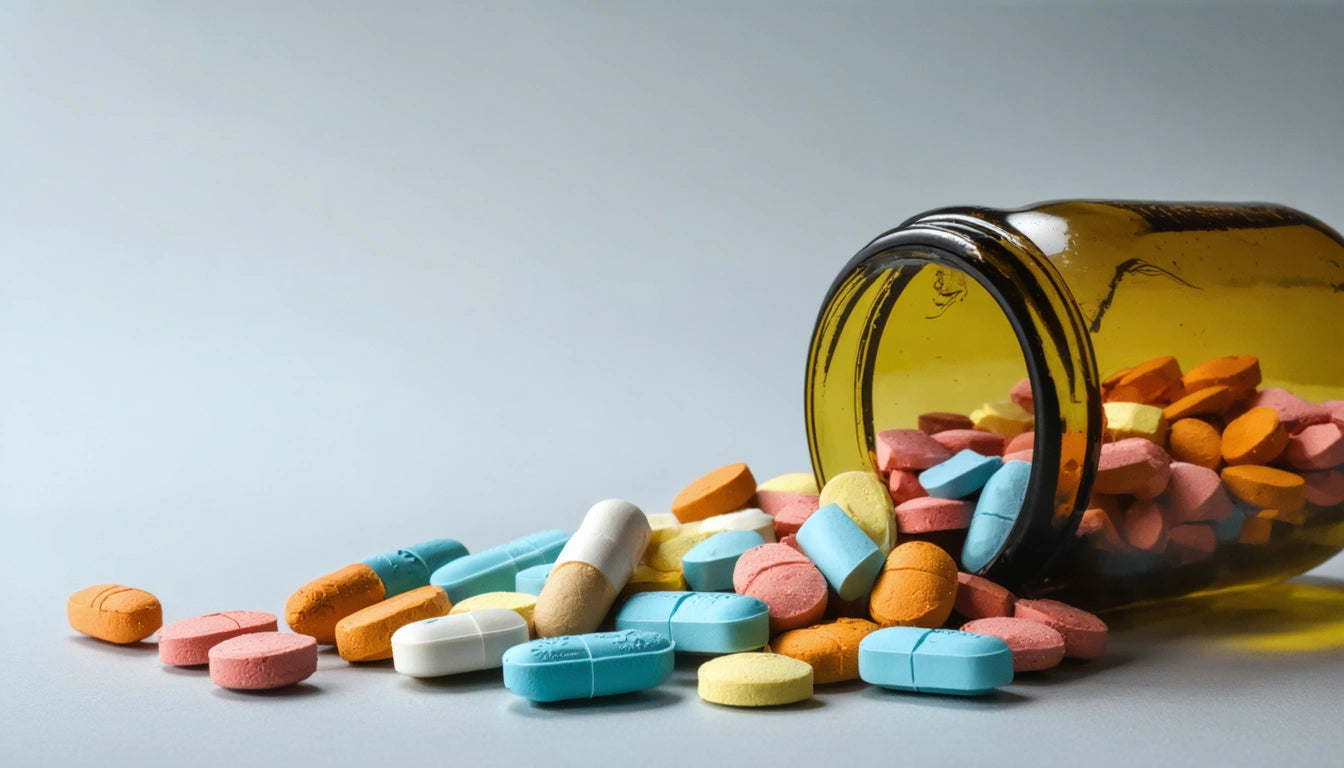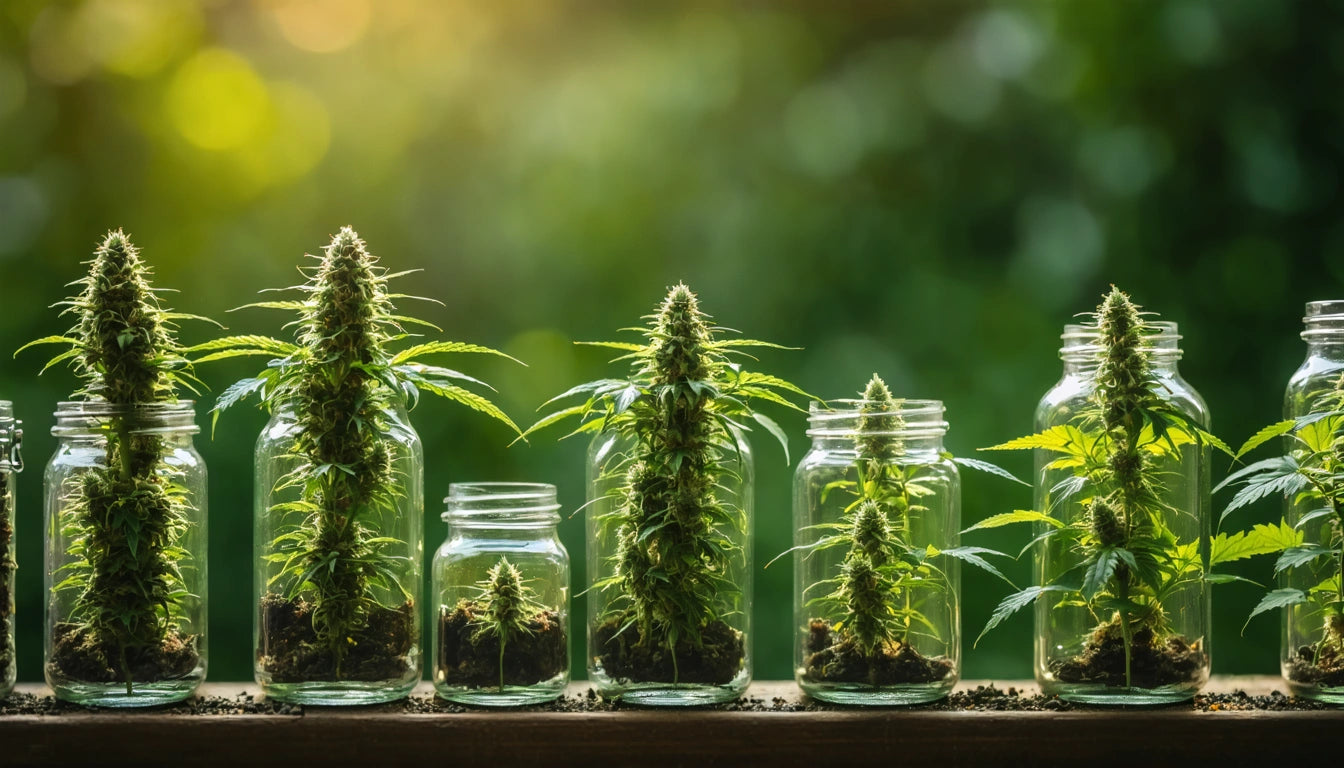Table of Contents
Understanding Indoor Flower: A Guide to Indoor Cannabis Cultivation
Indoor flower refers to cannabis that's grown in a controlled indoor environment rather than outdoors under natural conditions. As the cannabis industry has evolved, indoor cultivation has become the gold standard for producing premium quality flower with consistent potency, appearance, and effects. This comprehensive guide explains what indoor flower is, why it's valued by consumers and producers alike, and the essential elements of successful indoor cannabis cultivation.
What Is Indoor Flower: Definition and Basics
Indoor flower is cannabis that's cultivated entirely inside a controlled environment, typically using artificial lighting, climate control systems, and carefully managed growing mediums. This method gives growers complete control over all environmental factors that influence plant development, from temperature and humidity to light cycles and nutrient delivery.
The term "indoor flower weed" specifically refers to the flowering buds produced by female cannabis plants grown in these controlled indoor settings. These flowers contain the highest concentrations of cannabinoids and terpenes, making them the most valuable and sought-after part of the plant for consumers.
Benefits of Indoor Cultivation for Cannabis
Year-Round Production
One of the primary advantages of indoor cultivation is the ability to grow cannabis throughout the year, regardless of external climate conditions or seasons. This allows for consistent production schedules and steady supply to meet market demand.
Quality Control
Indoor environments enable precise control over all growth variables. According to research comparing growing methods, indoor cannabis typically demonstrates higher and more consistent THC levels than outdoor-grown flower.
Pest and Contaminant Management
Properly maintained indoor facilities significantly reduce the risk of pest infestations, mold, and environmental contaminants that commonly affect outdoor grows. This results in cleaner, safer products that are less likely to fail regulatory testing.
Creating the Optimal Indoor Growing Environment
Successful indoor cultivation requires careful attention to several environmental factors:
- Lighting: High-intensity discharge (HID) lights, LEDs, or a combination of lighting technologies provide the specific light spectrum and intensity needed throughout different growth stages.
- Temperature and Humidity: Most indoor grows maintain temperatures between 70-85 °F (21-29 °C) during light periods and slightly cooler during dark periods. Humidity requirements vary by growth stage, with seedlings preferring 65-70% humidity, while flowering plants thrive at 40-50%.
- Air Circulation: Proper ventilation and air movement prevent mold formation and strengthen plant stems.
- Humidity Control: Maintaining proper humidity levels is crucial for plant health and preventing mold issues. Many commercial growers use humidity control products to maintain optimal moisture levels in both growing environments and during the curing process.
The complete process of growing cannabis indoors involves multiple stages from germination through harvesting, each with specific environmental requirements.
Indoor vs Outdoor Cannabis: Key Differences
Understanding what indoor flower is often comes down to recognizing how it differs from outdoor-grown cannabis:
Appearance and Structure
Indoor flower typically has a more manicured appearance with denser buds and vibrant colors. The controlled environment leads to more consistent physical characteristics across harvests. As detailed in this comparison of indoor versus outdoor cannabis, the visual differences are often immediately apparent to experienced consumers.
Cannabinoid and Terpene Profiles
Indoor cultivation allows growers to optimize conditions for specific cannabinoid and terpene production. This often results in higher THC percentages and more pronounced aroma profiles compared to outdoor-grown cannabis.
Resource Requirements
Indoor cultivation is significantly more resource-intensive, requiring substantial investments in equipment, electricity, and infrastructure. This translates to higher production costs but potentially greater returns due to premium pricing.
Essential Indoor Cultivation Techniques
Growing Medium Options
Indoor growers can choose from various growing mediums:
- Soil: Traditional and forgiving, ideal for beginners
- Hydroponics: Soil-free systems that deliver nutrients directly through water
- Coco Coir: A middle ground between soil and hydroponics
- Aeroponics: Advanced systems that spray nutrient solution directly onto suspended roots
Training Methods
Indoor plants often benefit from training techniques that maximize light exposure and yield:
- Low-Stress Training (LST): Gently bending and securing branches to create an even canopy
- Screen of Green (SCROG): Using a screen to create an even canopy and maximize light efficiency
- High-Stress Training (HST): Techniques like topping and super-cropping that involve cutting or damaging plants to promote bushier growth
Understanding cannabis flower anatomy helps growers optimize these techniques for better results.
Autoflowering Varieties
Many indoor growers are turning to autoflowering cannabis varieties, which automatically transition from vegetative to flowering stages regardless of light cycle changes. These plants typically have shorter growth cycles and are more compact, making them ideal for indoor spaces with height limitations. Autoflowering cannabis cultivation has specific requirements that differ from traditional photoperiod plants.
The Future of Indoor Cannabis Cultivation
As the cannabis industry continues to mature, indoor cultivation technology is rapidly evolving. Advanced LED lighting systems are reducing energy costs while improving plant development. Automated environmental controls and AI-driven growing systems are optimizing conditions in real-time based on plant feedback. These innovations are making indoor cultivation more efficient and sustainable.
For commercial growers, understanding what indoor flower is and how to produce it at scale represents a significant competitive advantage in an increasingly crowded market. The premium quality and consistency of indoor flower continue to command higher prices, making it an attractive segment despite the higher production costs.
Whether you're a consumer curious about what makes indoor flower different or a cultivator looking to improve your growing operation, recognizing the science, technology, and artistry behind indoor cannabis cultivation is essential to appreciating this premium product category.











Leave a comment
All comments are moderated before being published.
This site is protected by hCaptcha and the hCaptcha Privacy Policy and Terms of Service apply.